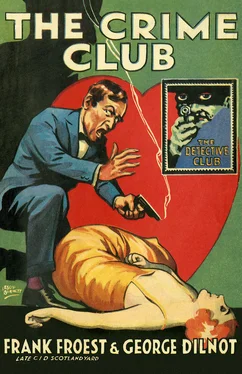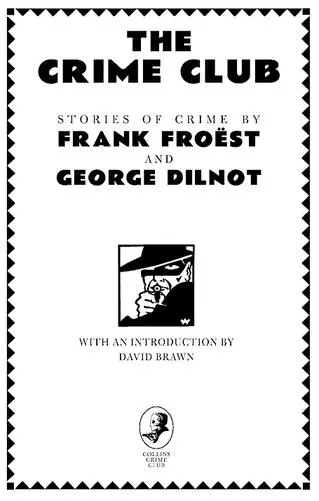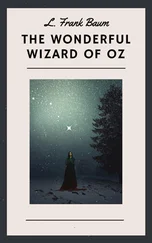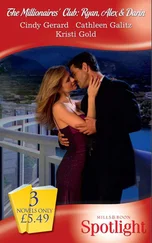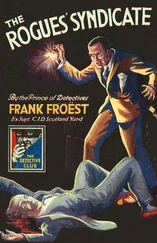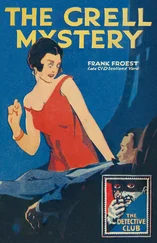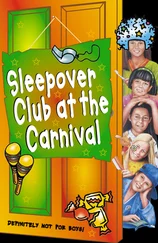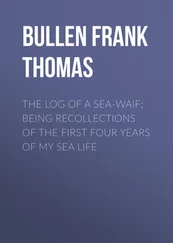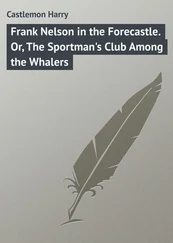Copyright Table of Contents Cover Title Page Copyright Introduction Chapter I: The Crime Club Chapter II: The Red-Haired Pickpocket Chapter III: The Man With the Pale-Blue Eyes Chapter IV: The Maker of Diamonds Chapter V: Creeping Jimmie Chapter VI: The Mayor’s Daughter Chapter VII: A Meeting of Greeks Chapter VIII: The Seven of Hearts Chapter IX: The Goat Chapter X: Pink-Edged Notepaper Chapter XI: The String of Pearls Chapter XII: The ‘Con’ Man Chapter XIII: Crossed Trails Chapter XIV: The Dagger Chapter XV: Found—a Pearl The Crime Club The Detective Story Club About the Publisher
Published by COLLINS CRIME CLUB
An imprint of HarperCollins Publishers
1 London Bridge Street,
London SE1 9GF
www.harpercollins.co.uk
First published in Great Britain by Eveleigh Nash 1915
Published by The Detective Story Club for Wm Collins Sons & Co. Ltd 1929
Introduction © David Brawn 2016
Cover design © HarperCollins Publishers Ltd 1929, 2016
A catalogue copy of this book is available from the British Library.
This novel is entirely a work of fiction. The names, characters and incidents portrayed in it are the work of the author’s imagination. Any resemblance to actual persons, living or dead, events or localities is entirely coincidental.
All rights reserved under International and Pan-American Copyright Conventions. By payment of the required fees, you have been granted the non-exclusive, non-transferable right to access and read the text of this e-book on screen. No part of this text may be reproduced, transmitted, down-loaded, decompiled, reverse engineered, or stored in or introduced into any information storage and retrieval system, in any form or by any means, whether electronic or mechanical, now known or hereinafter invented, without the express written permission of HarperCollins.
Source ISBN: 9780008137335
Ebook Edition © June 2016 ISBN: 9780008137342
Version: 2016-04-28
Table of Contents
Cover
Title Page
Copyright
Introduction
Chapter I: The Crime Club
Chapter II: The Red-Haired Pickpocket
Chapter III: The Man With the Pale-Blue Eyes
Chapter IV: The Maker of Diamonds
Chapter V: Creeping Jimmie
Chapter VI: The Mayor’s Daughter
Chapter VII: A Meeting of Greeks
Chapter VIII: The Seven of Hearts
Chapter IX: The Goat
Chapter X: Pink-Edged Notepaper
Chapter XI: The String of Pearls
Chapter XII: The ‘Con’ Man
Chapter XIII: Crossed Trails
Chapter XIV: The Dagger
Chapter XV: Found—a Pearl
The Crime Club
The Detective Story Club
About the Publisher
WHEN The Crime Club was first published by Eveleigh Nash in 1915, little did the authors—both of them ex-policemen—know that the book’s title would become synonymous with detective publishing for the next 100 years.
Frank Froëst had risen through the ranks of the Metropolitan Police, attaining the position of Superintendent of the CID in 1906. He had become famous for his involvement in a number of high-profile international incidents, including the mass arrest in South Africa of more than 400 of the Jameson Raiders in 1896—the biggest mass arrest in British history—and for bringing high-profile villains such as society jewel-thief ‘Harry the Valet’ and the notorious Dr Crippen to justice. (More of Froëst’s exploits are discussed in Tony Medawar’s introduction to The Grell Mystery , also in this series.) Froëst retired in 1912, moving to Somerset where he joined the County Council and became a magistrate. Putting his 33-year experience in the police service to good use, he also turned to writing, and his detective novel The Grell Mystery (1913) proved popular with readers, who felt that its author was giving them an authentic insight into the detail of real police work—a genre that would become referred to as the ‘police procedural’.
Speculation that Froëst had help from a professional writer to produce a debut novel as fine as The Grell Mystery is given some credence by his sharing the byline on his two subsequent books with writer George Dilnot. Turning to journalism after six years in the army and subsequent service in the police, Dilnot’s first major book, Scotland Yard: The Methods and Organisation of the Metropolitan Police (1915), owed a great deal for its detailed content to the recently retired Froëst. The book was one of the earliest attempts to make public the inside workings of ‘the finest police force in the world’, which at that time employed 20,000, and must have been an invaluable resource for early detective writers. Froëst himself is name-checked numerous times, and comes across as the epitome of determination, organisation and innovation.
Whether or not Dilnot did ghost-write The Grell Mystery as a favour to his former boss, by the time Froëst’s other detective novel was published, The Rogues’ Syndicate (1916), they were sharing equal billing. First serialised in the US as The Maelstrom in the magazine All-Story Weekly over six weeks in March and April 1916, the book marked the end of Froëst’s short writing career, although his name lived on in reprints and in silent movies of both The Grell Mystery and The Rogues’ Syndicate in 1917, the latter film retaining its magazine title of The Maelstrom .
In between the two novels came The Crime Club , a collection of eleven detective stories (plus a prefatory chapter) that had originally appeared in the monthly The Red Book Magazine between December 1914 and November 1915. The stories were linked by the conceit of a secret London club located off the Strand where international crime fighters would go to help solve and also share tales of their most outlandish cases. Although the idea of a fictional detectives’ club was not entirely new, previous instances—for example Carolyn Wells’ five stories about the International Society of Infallible Detectives, starting with ‘The Adventure of the Mona Lisa’ in January 1912—brought together pastiches of well-known sleuths such as Sherlock Holmes and Arsène Lupin, whereas The Crime Club featured all-new creations, with the exception of Froëst’s own Heldon Foyle from The Grell Mystery , who appeared in ‘The String of Pearls’.
The stories were collected and published in book form as The Crime Club by Eveleigh Nash in 1915, apparently before their run in The Red Book Magazine had ended. In 1929, keen to have a book of short stories in the initial run of their new sixpenny Detective Story Club series, William Collins licensed the rights from Nash to print a cheap edition of the book, which was published in July 1929; The Grell Mystery and The Rogues’ Syndicate would follow within a year. Like many of the other early books in that series, The Crime Club also appeared in Collins’ ‘Piccadilly Novels’ imprint as an exclusive edition for Boots Pure Drug Co. Ltd (who also sold books), using the same typesetting and with the painting from the back of the Detective Story Club jacket transposed to the front.
Frank Froëst gave up writing in 1916 when his wife died, focusing on council work until the onset of blindness forced him into retirement and a convalescent home in Weston-super-Mare, where he died in 1930 at the age of 71. However, his association with George Dilnot continued, helping him to research his landmark book, The Story of Scotland Yard (1927), a completely new and expanded version of his first book. Dilnot continued to write about the police and true crime, including two volumes in Geoffrey Bles’s Famous Trials series, on which he was Series Editor, and revisited the subject of the Yard again with New Scotland Yard in 1938. But he was much more prolific in fiction, writing another 16 novels under his own name, with series characters including Jim Strang, Horace Elver, Val Emery and Inspector Strickland, plus three books for the popular Sexton Blake series.
Читать дальше
